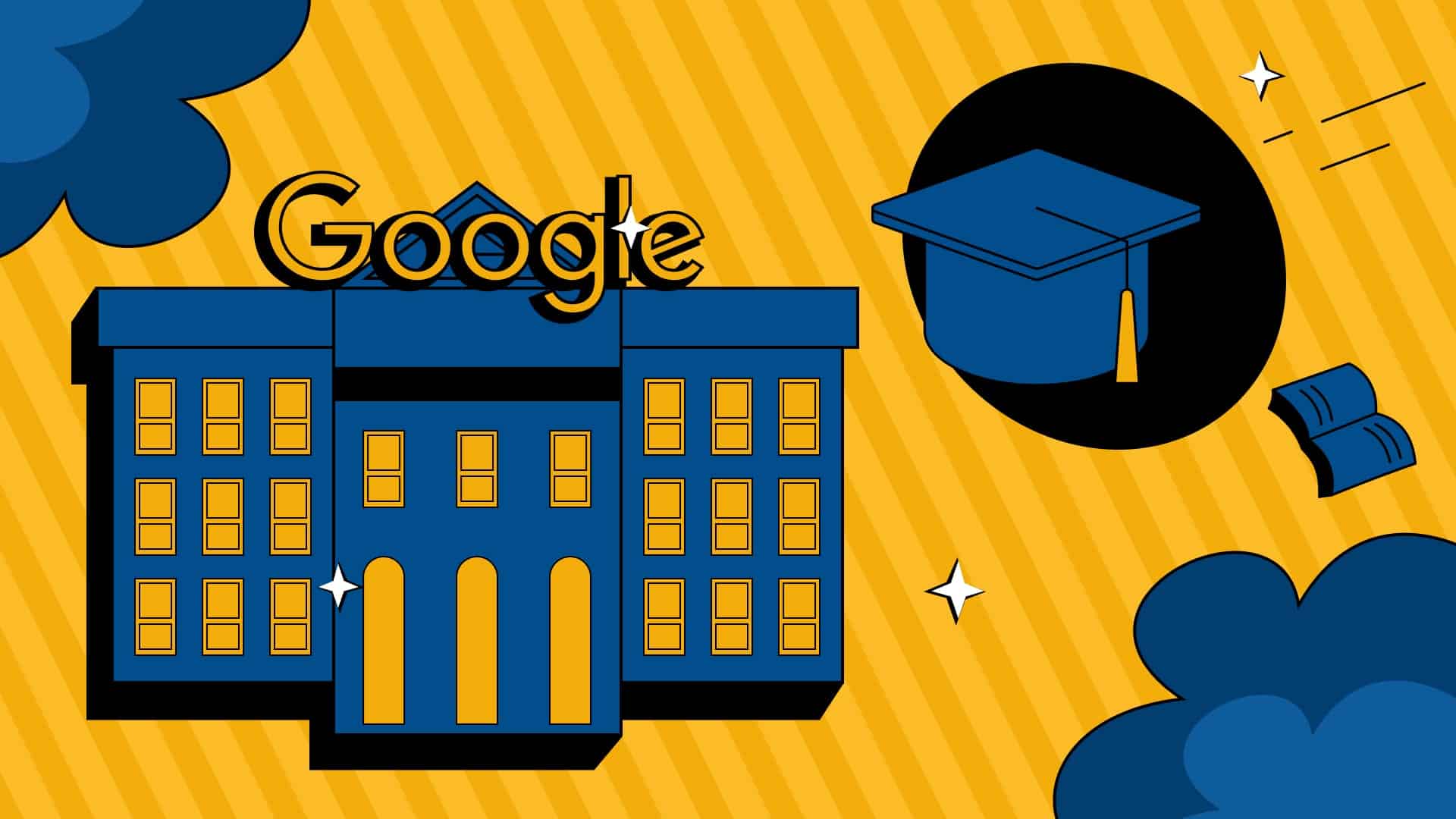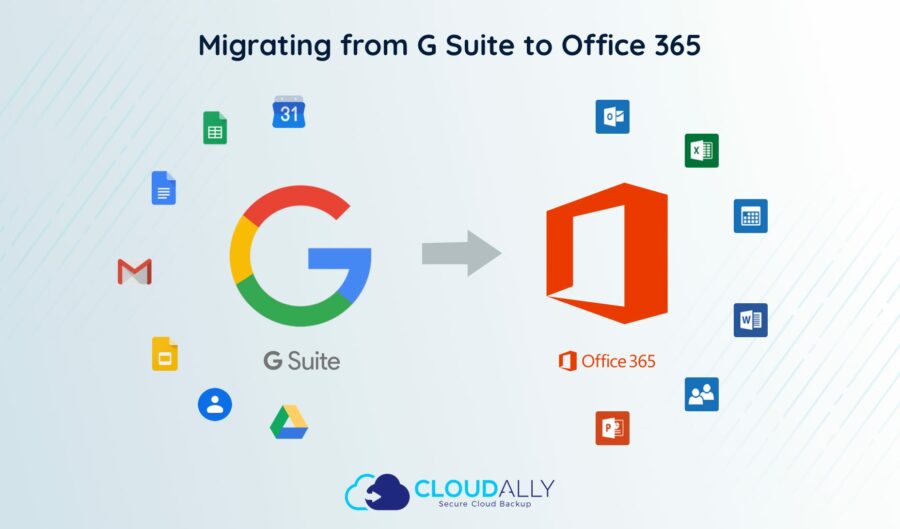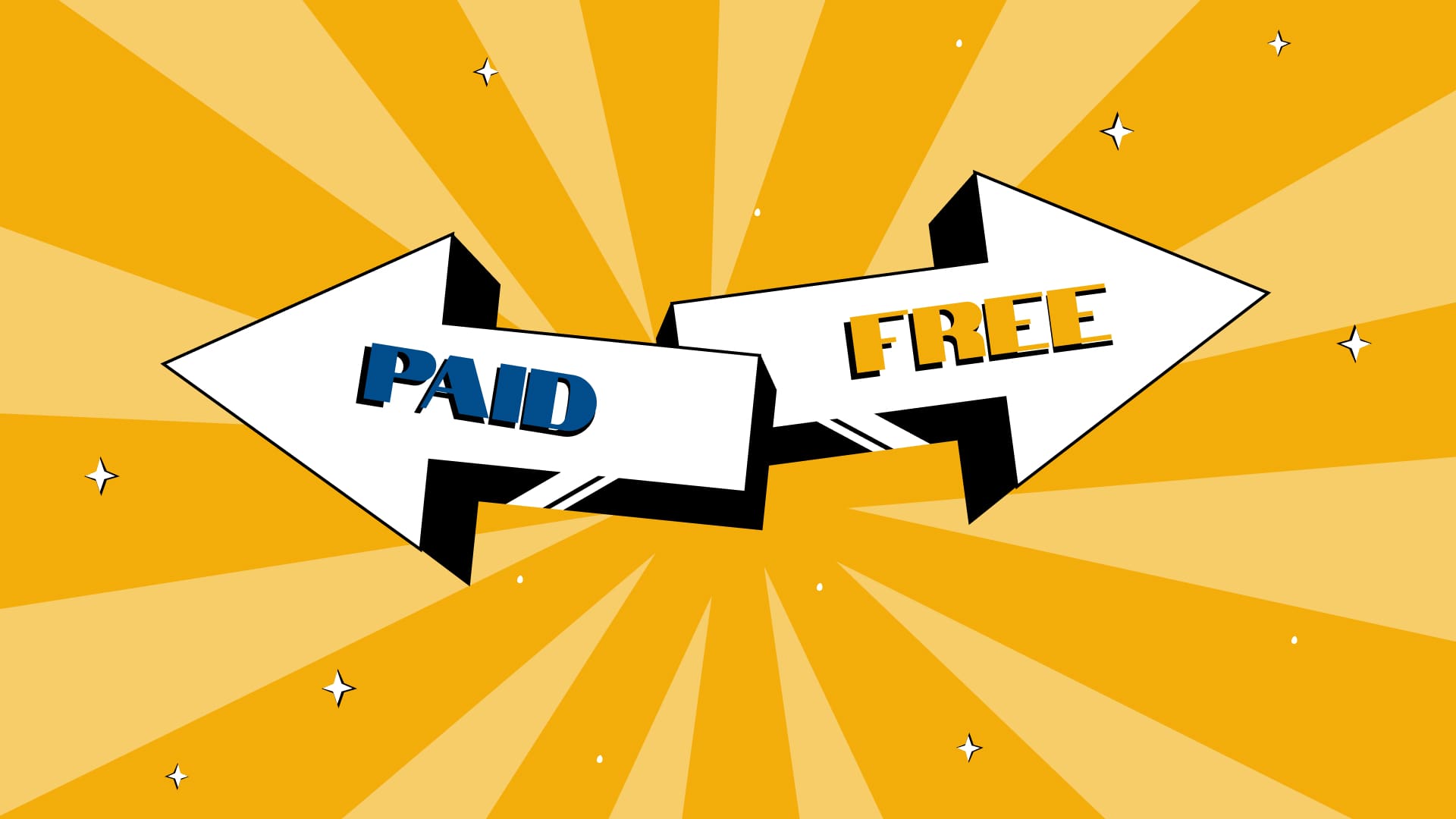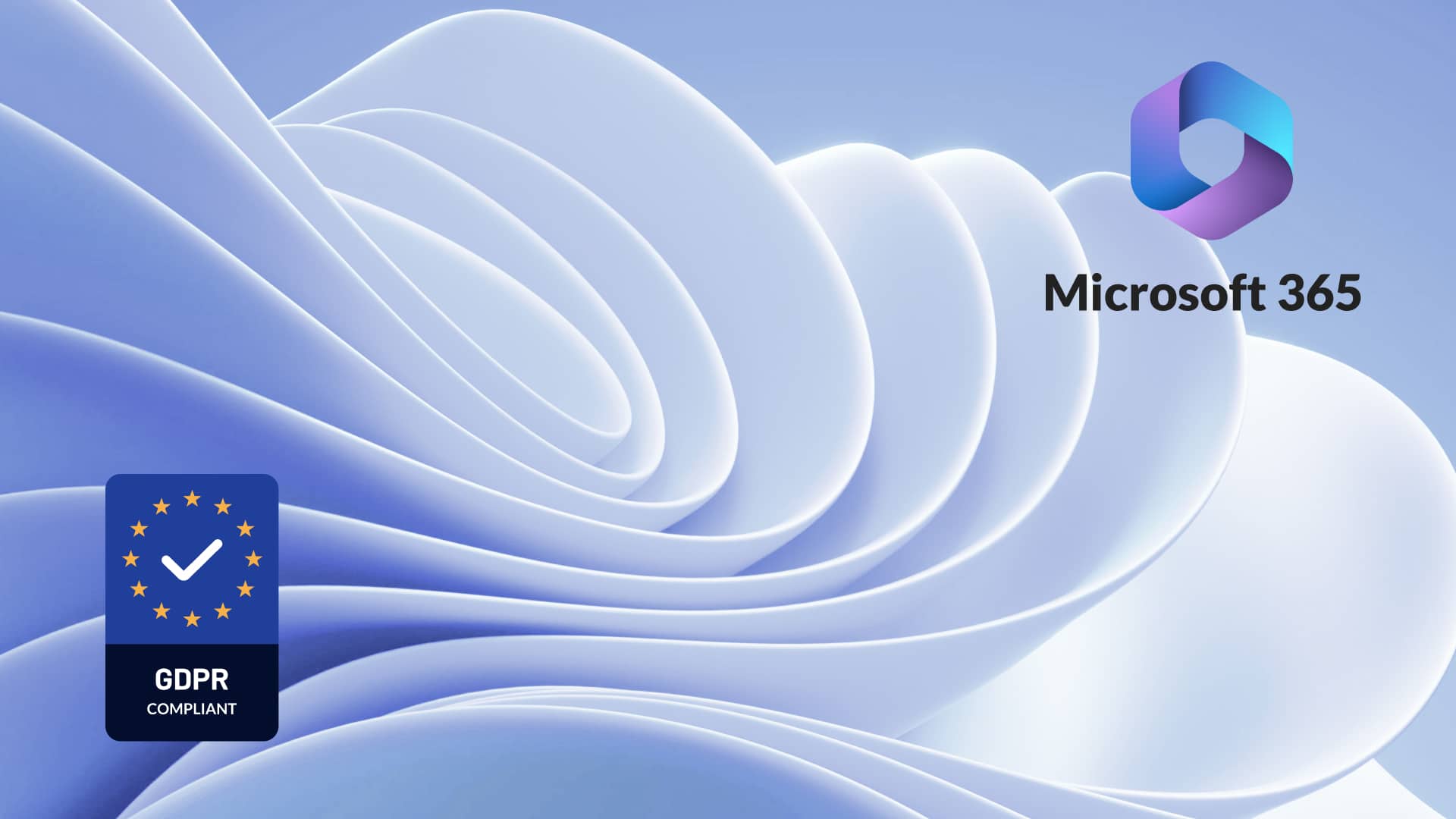Pardot vs. Marketing Cloud: Expert Insights with Cyril Louis
Salesforce Marketing Cloud and Pardot have been lifelines to amp digital engagement in our pandemic era. But, how do we best pick the solution that suits our marketing needs – Pardot or Marketing Cloud? Our Thought Leader for the month, Cyril Louis, CEO of the Mavericx Agency, a Salesforce MVP and Platform Champion sheds light on the Pardot Vs Marketing Cloud conundrum. Cyril is also active in Ohana – a 17X Salesforce certified leader of the Switzerland Geneva Trailblazer Community Group and part of the organizing team of Skiforce, the “highest European Salesforce community event”.
Read or watch Cyril’s insights on Marketing Cloud, Pardot, being a Trailblazer, Salesforce certifications, connecting with Ohana, and more.
Talk With a Backup Executiver
Get helpful pointers from the trenches- watch/read our other Thought Leader Talks with Gemma Blezard, SalesforceBen Enrico Murru, and Meighan Brodkey
Salesforce Trailblazer Community
Teresa: Cyril, you are very active in the Salesforce Trailblazer community. What advice would you give someone aspiring to become a Trailblazer? Is it a long road of acquiring badges and certifications?
Cyril: It’s my pleasure to have the opportunity to share some tips with the community. My first advice would be “do not hesitate”. Everyone starts off as a beginner. It may appear long or difficult, but just start your journey, and every step will get you closer to your objective. Talking about objectives, my second pointer would be “Do not overload your targets”. Start small, keep focused, succeed, and repeat! I am definitely not a fan of the “Pass 6+ certifications per month!” approach. Continuous learning is key for long-term success in the industry, especially with the highly innovative Salesforce ecosystem. And my third piece of advice would be that badges and certifications should never be an end target, but instead a step in your learning journey. That is precisely what being a Trailblazer is about – blazing new trails, discovering new trends, opening the path, and guiding others to success.
Salesforce Certification Pointers
Teresa: Cyril, you are a 17X Salesforce Certified Leader. What resources have you found useful as you pursue your Salesforce certifications and badges?
Cyril: I am not chasing badges or Salesforce certifications. It is rather a good opportunity to make sure that I have understood a topic. But I don’t want to earn badges just to say, “I have X badges”. The value that I see in certifications and badges is to validate my knowledge and/or to anticipate a specific, real case scenario that I know I will encounter.
In my case, useful resources are Trailhead – to learn or refresh my knowledge through Badges and Trails. Trailhead is amazing – it’s free, fun, and always up to date. The latest topics are always on Trailhead. I also found the Trailhead Academy helpful for dedicated instructor-led courses. You will have a dedicated instructor to guide you in a specific process with one of the targets of this process being the certification. So you will really get all the right insights. And finally, there is the Trailblazer Community, an online forum to raise questions, seek answers, be motivated by your peers, and meet up with your local Salesforce Community via User Groups.
Connecting With Ohana
Teresa: Salesforce is very focused on Ohana – the spirit of fellowship and giving back. For a Salesforce newbie what pointers would you give them to reach out to and form connections with the community at large?
Cyril: I would offer two pointers. Firstly, join local Salesforce Trailblazer Community Groups. The best way to experience Ohana is to join your local Ohana. You will be able to network, learn, share, collaborate, find mentors/mentees, and even make friends. The second pointer would be to join Salesforce groups on social networks. Salesforce Ohana community is extremely active on Twitter. If you have questions, simply tag them with the dedicated hashtag for our global Twitter Salesforce community – #askforce.
Teresa: Tell us more about Skiforce. How has it been organizing the “highest European Salesforce community event”? Will you’ll be hosting an in-person event this year?
Cyril: Well, when you merge Salesforce community leaders with ski and snowboard fans, you get Skiforce. It is a weekend in the European mountains to network and learn informative pointers by attending Salesforce conferences with awesome speakers. All while enjoying the slopes with your Trailblazer peers coming in from all over the world. Don’t worry – on top of #TeamSki and #TeamSnowboard, we also have #TeamSpa! That’s the essence of Ohana, to learn and have fun while doing it.
And yes, in-person Skiforce is coming back soon. Stay tuned for more info on Skiforce.co and @SkiforceEvent.
Salesforce Marketing Cloud and Digital Engagement
Teresa: Digital marketing has been a lifeline in our pandemic era, enabling organizations to connect with remote customers. What are the features of Marketing Cloud that you found helpful to facilitate your customer’s requirements for digital-centered engagement?
Cyril: It is true that this pandemic has been a major challenge for digital marketers across the world. More than highlighting a particular feature of Marketing Cloud, I would just say that the product itself, the philosophy of the product is to facilitate digital engagement with the customer. The whole philosophy of the product is to facilitate engagement.
Marketing Cloud aids considerably in curating the right content to send at the right time and via the right channel. You will get a predictive recommendation to send the best-suited product and you will have optimization as to when to send it. It will help you make the most of all the digital channels to engage with your customer.
Leveraging such a powerful platform like Marketing Cloud is key today for digital marketers; more than ever before.
Salesforce Marketing Trends
Teresa: What are your takeaways from Salesforce’s 7th State of Marketing survey? What marketing trends do you predict for 2022.
Cyril: Salesforce’s 7th State of Marketing survey has been released during the pandemic. So the first takeaway is to get a read of the market mood based on the answers to the survey. A vast majority of responses are still expecting revenue growth for the next 12 to 18 months. We’re still largely optimistic about the future; this is quite encouraging.
Another takeaway is about the growth of very specific aspects in the digital marketing area – how to merge digital identities and how to leverage first-party data. Topics that are linked to the concept of CDP (Customer Data Platform). This survey indicates that we are moving from Data Management Platform (DMP) to CDP. Salesforce is keenly aligned with this trend and is promoting CDP. Marketers expect tools to identify the same person within different digital identities, to rely on first-party data, while avoiding first-party cookies.
As far as marketing trends for 2022 go, I would say there will be a significant evolution in customer engagement strategy. It will completely change for brands and media companies. Live in-person events are much fewer than before. A perfect example was at Dreamforce – the experience this year completely reinvented “fully online”. That will be a trend – online, virtual meets. This will result in novel ways to engage with new channels. For instance not just live streaming, but also engaging with live video.
The other trend would be continued growth in social media, both in terms of numbers and channels and new forms of social media such as TikTok. Mixing social media plus video.
Pardot Vs Marketing Cloud
Teresa: Apart from Pardot being B2B-driven, while Salesforce Marketing Cloud is more B2C focused, what are the other differentiators between them? What are your thoughts on Pardot Vs Marketing Cloud? What would you recommend for B2B2C?
Cyril: While there is a difference between them, I wouldn’t silo them in B2B and B2C. I know that a lot of consultants say that, including some Salesforce executives, but I think it’s just a shortcut to ease the introduction of the products.
I do have some B2C customers that use Pardot and some B2B that are using Marketing Cloud. It’s more about selecting the best-suited product based on the use case. My recommendation would be to first examine your use case – what you would like to achieve? Is it focusing more on acquisition or on retention of your customer? Do you want to attract more leads or to retain customers? Do you need to use lead scoring or lead grading? Do you need to engage in varied multiple channels at the same time? Based on your answers, I will be able to recommend the solution that’s the best fit. It may even be both solutions. I have customers who are using both Pardot and Marketing Cloud. If you need scoring and grading then you have that in Pardot, and in Marketing Cloud you will be able to engage in more channels than you would in Pardot. It really depends on use cases.
As far as B2B2C goes, it would be a partner-centric strategy. My B2B2C customers like to better engage with their partner, that is the reseller. And at the end, the final customer will buy from the reseller. You have to identify the content for your partner to make sure that they will remain loyal to you. But on the other hand, you also want your brand to be visible. For that, you will need to promote your brand across different channels. So it could be a mix between B2B and B2C. Engage with your retailer and then grow your brand across all the different channels – on social media, via push notifications, mobile apps, and Marketing cloud.
AI + Marketing Cloud = Unbeatable Insights and Automation
Teresa: Artificial Intelligence (AI) and Machine Learning (ML) are adding phenomenal insights and capabilities to MarTech. What are the ways organizations can use Salesforce Einstein to raise their marketing capabilities?
Cyril: It is something I see a lot with my customers. They’re really trying to maximize their return on investment on the Salesforce Marketing Cloud platform. Raise value, bring in more innovation, and increase marketing capabilities. That is where AI comes in. It’s something that I often say, “Data is the new gold, and AI is the new normal”. Today you have to use AI, and Salesforce is doing such great work to deliver AI to you. It has brought a lot of AI into Marketing Cloud to increase its marketing capabilities. There is engagement scoring to help you to anticipate the customer’s likelihood to engage with your campaign. So that you only focus on the best customers for your campaign, which in turn will have a direct impact on the performance of your campaign. AI will also assist you to identify different personas and use different paths within your customer journey. This improves the performance by predicting the actions of your customer. If you would like to easily optimize your campaign, you could also ask the system to give you insight on what will be the best suited customers. Einstein recommendations about interesting content selection will help you to push the most aligned product in your communication. Then there are insights about the best time to contact your customers and sentiment analysis. So you see, there are plenty of AI-driven solutions in Salesforce, and more to come. With them you can proactively and intelligently engage with your customer.
Marketing Cloud Enhancements
Teresa: What are the recent enhancements to Marketing Cloud in the Spring and Summer ‘21 releases that you’re thrilled about? What would be on your feature wishlist for Marketing Cloud?
Cyril: One thing that Salesforce worked a lot on and which is increasing with each release is how the marketing suite is more and more integrated with the core solution platform. Thus all the knowledge that you will have on your customer on sales cloud, service cloud, commerce cloud, etc. is easily integrated and accesible. This makes marketing cloud have better insight, better segmentation and offer better recommendations. This integration is getting deeper and more native, which is great.
But one thing that is on my feature wishlist, and I don’t think I’m not the only one to wait for it. I know a lot of people in the community who want it, and that is to have access to Sandbox in the marketing cloud. Sandboxing is very inherent to Salesforce; it is in the core platform, in sales, service, and community. But we don’t have it in Marketing Cloud. So if we need to anticipate the customer journey, or synchronize it to marketing cloud with a sandbox in a sales site or service site, you cannot. You need to use a walk around in the marketing cloud lab such as connecting dedicated market-like business units with another org. It’s not the best experience, not a native experience.
Apart from the use case of testing, there is also the use case for learning the platform. A lot of developers, administrators, and consultants learn Salesforce by practicing in Salesforce. If you want to learn Marketing Cloud, you have no way to practice using a sandbox.
Salesforce’s New Direction – Salesforce+, Slack, RPA
Teresa: What are your thoughts on the new directions Salesforce is taking – with its multi-billion dollar Slack acquisition and it’s recent leap into streaming media with Salesforce+. How do you envision them all coming together to create an awesome Salesforce experience?
Cyril: Salesforce+ is super new, so I don’t have much feedback to give on it, but I would say it’s a great way to stay up-to-date. You will have a lot of great content; you can learn and be educated on new products. So I think it’s a great add-on on top of Trailhead. Sometimes Trailhead is a lot about reaching the end goal. But there are occasions where you don’t need to practice, you just need to have a nightlight or a live demo of a product. You will be able to find this on Salesforce+, which is good.
As far as Slack goes, I’m a huge fan of Slack, and I think it can be a huge use asset for the Salesforce platform. A lot of people just see Slack as a collaboration tool, like a competitor of Chatter. While you can collaborate with Slack, it is much more than just that. It’s all about workflows and integration between people. So while Slack is between employees, you can also link with partners and customers. I heard Stewart Butterfield, the Slack CEO say, “Mulesoft is integration for computers and Slack is integration for humans”. Slack is like the unified UI for business processes. It will really automate your processes across different systems and will merge and show up in Slack. Slack will be the one-stop-shop for your employees. This is going to happen. This is why Salesforce is promoting Slack as your digital HQ. Everything will be within Slack, and then you will be able to automate it all. I have plenty of use cases and have already worked on Slack for multiple companies to automate processes that may not even be in the Salesforce ecosystem. You can automate processes, for instance, to publish content in your website using a CMS, but the whole process will be within Slack. Slack is super powerful regarding the automation of processes. Salesforce also recently acquired a Robotic Process Automation (RPA) solution, Servicetrace. All of these will be part of the core UI to automate all kinds of processes in a digital workplace.
Teresa: Thank you, Cyril. It’s been a very insightful chat! You’ve provided great information on harnessing Pardot, Marketing Cloud, Salesforce trends, and pointers. I’m sure our readers and our viewers are going to find it very useful. Thanks!
More Salesforce insights? Get Salesforce best practices, tips, and tricks from Meighan Brodkey, Gemma Blezard, SalesforceBen, Enrico Murru, and other Thought Leaders
Watch other Thought Leader Insights:
- Gemma Blezard: Salesforce Architect, CTA, Salesforce Certifications
- Salesforce Ben: Pardot, Salesforce Administrator Certifications, the impact of the lockdown on Salesforce professionals
- Szymon Bochniak: Office 365 Data Protection, Microsoft Teams, and Migration
- Michal Zmiri-Yaniv: Lean Startup, Product Vision, and Strategy
- Enrico Murru: Salesforce CTA Journey, Advanced Administrator Certification, Ohana Italia
- Meighan Brodkey: Salesforce World Tour, Slack Acquisition, Women in Tech
- Richard Tubb – Part 1: Managed Service Provider Security and Part 2: MSP Marketing and Digital Transformation With Richard Tubb
- Dena Bauckman: Machine Learning in Data Protection and the importance of Cybersecurity Awareness Month











